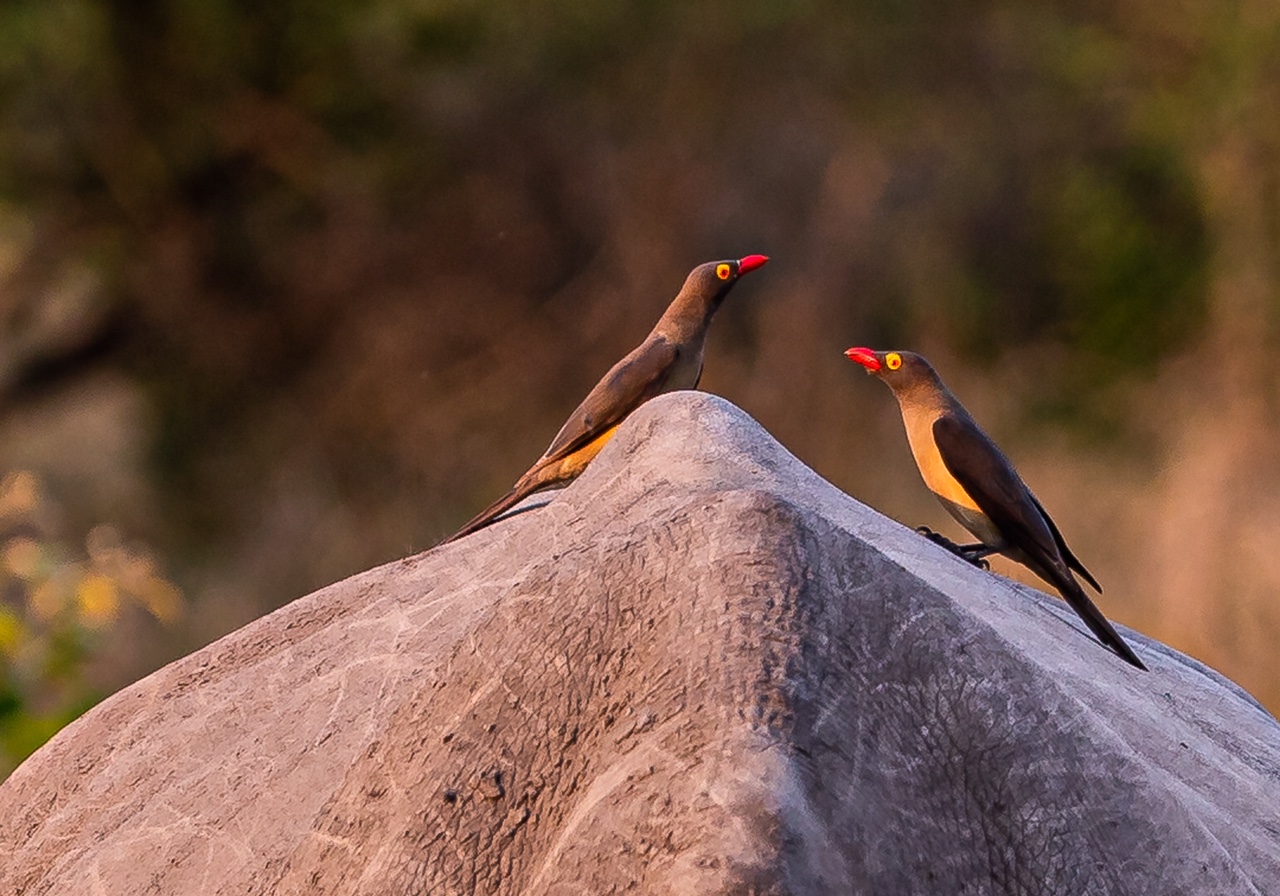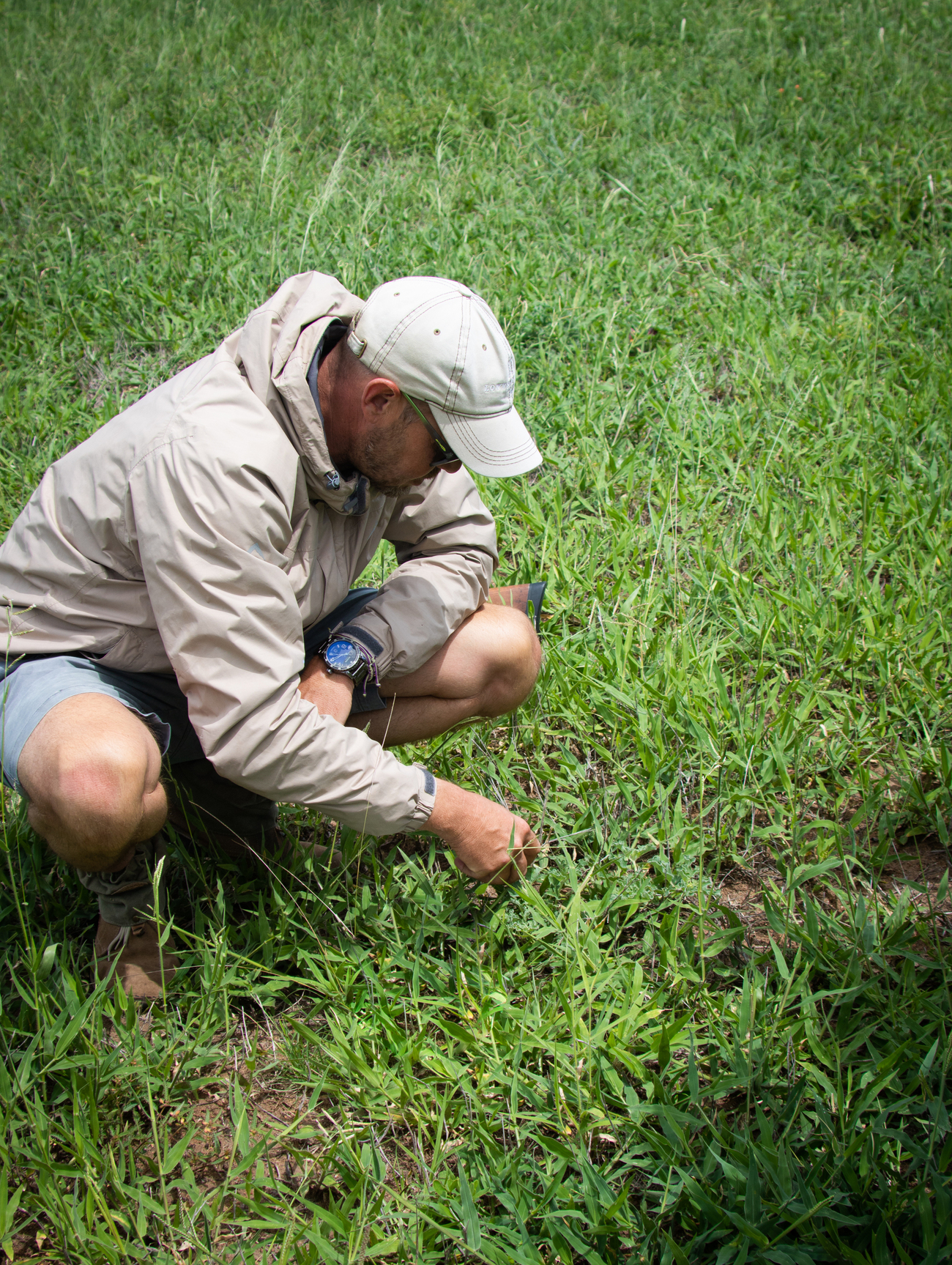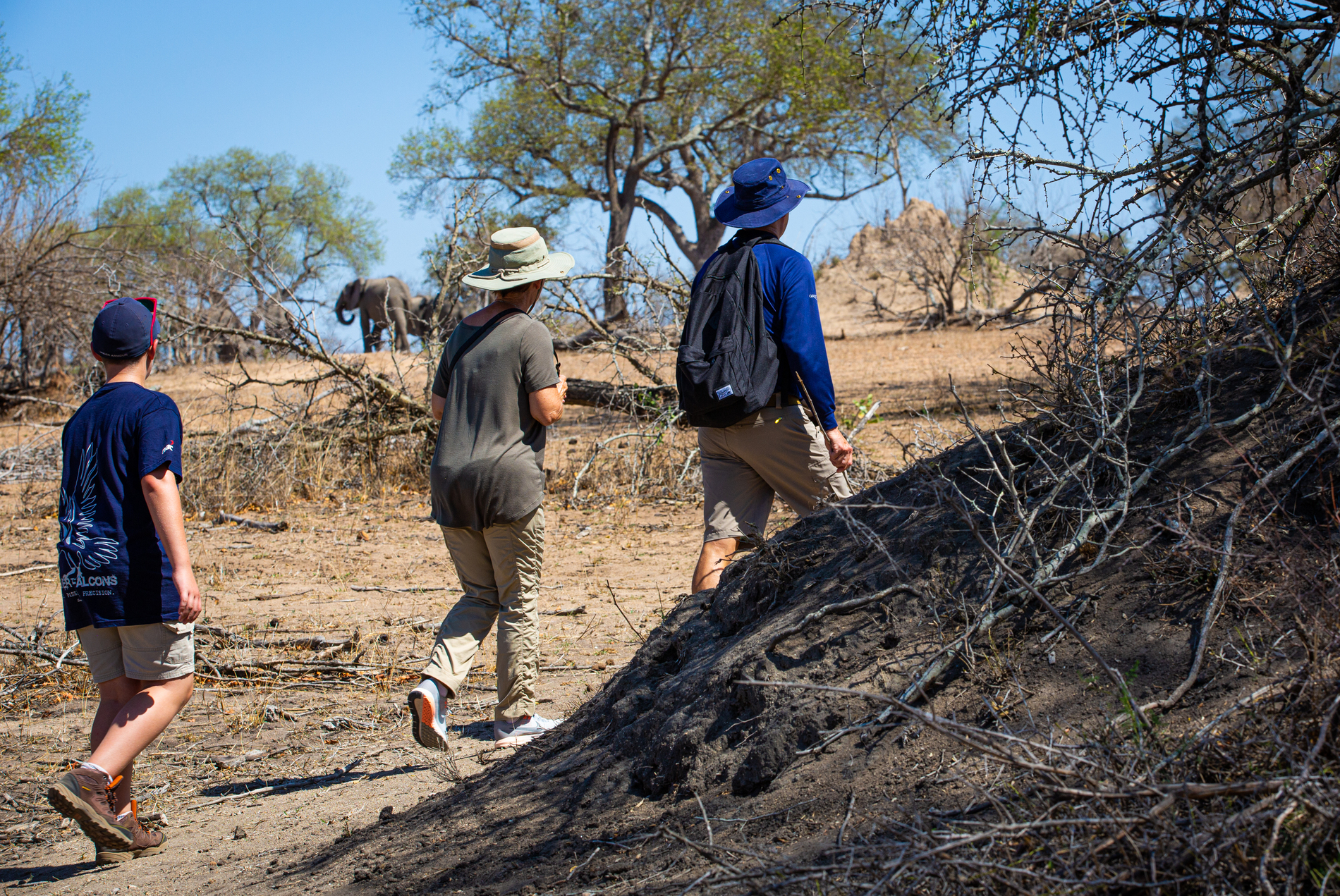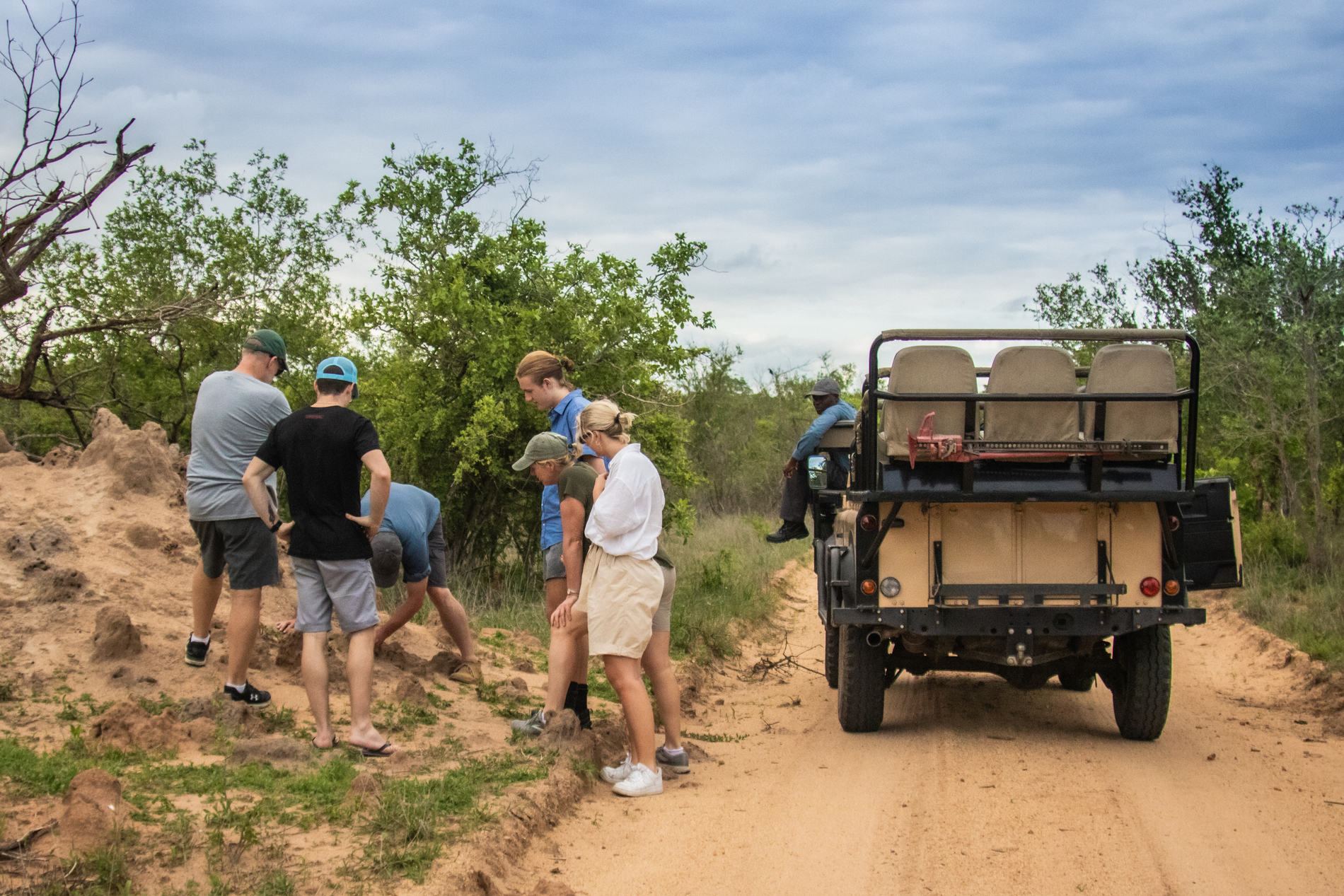
As the year comes to an end, I was thinking of one last Blog before I take some leave.
The art of track and sign is something that I have always had a passion for.
Tracking is a much loved and yet difficult subject, which attracts at least some of the attention of almost every bush goer who ventures into the bush in the most remote parts of Southern Africa.
The ability to accurately read difficult, partial, or little-seen signs left behind in the soil or sand is rare, and this something you only gain knowledge in by working the ground.
Firstly, we need a more complete understanding of what tracking actually is.
It is not, as most people would think, just looking at a footprint and recognizing it or following it. It is that- but it also needs to be combined with many other aspects, such as total awareness of the environment you work in, the use of your senses of smell, and the ability to recognize sounds such as alarm calls made by different animals.
There are many sounds that will alarm you to certain dangerous animals whilst on a walk.
The shrill of the squirrel call up ahead, what could this mean to you, maybe a lion is walking under the squirrel’s favourite tree a couple of hundreds of meters ahead, this should give you ample warning to make the right call if you tracking dangerous game.
Ox peckers, these birds are great indicators of herbivores feeding, so listening to the call of these birds, could really help you locate certain animals such as Buffalo and Rhino.

Another important aspect of tracking is seeing and interpreting the signs other than tracks left behind in nature.
Droppings, scent markings and smells, rubbing posts, urine patches, broken branches, drag marks and many other non footprint signs can be seen or sensed in your work environment where animals are plentiful.
Dung is a very good way of reading certain signs, some might deposit it in one place, some might use more than one place, some animals are very open and obvious about it, using this form of advertisement of their presence in a given area and others are very secretive, hiding their scat to evade detection.
Another aspect of tracking is the actual ability to follow an animal along its trail it has left behind as it moves through its natural environment. This is very difficult to do and requires many hours practising your trade by using a combination of footprints, sounds, smells, and signs, such as scat or diggings, broken spider webs, flattened grass, trails through morning dew and broken vegetation.
Eventually, as your knowledge of the species increases, it no longer becomes necessary to follow print by print or sign by sign. You begin to understand the behaviour of the animal from the signs its left behind, and you can start to predict with some accuracy where the animal will go and why it’s going there.
This ability takes hours of tracking, interpreting and observing animal movement in their natural environment.

Another interesting way of tracking is identifying how the animal was moving when you picked up on the track. The use of this can help you differentiate between bounding, hopping, striding, registering, walking, running and many other movement styles or gaits. If you can identify and understand the gait, you can understand in your mind how the animal was moving along, where it placed its feet, was it running, or walking, was a predator chasing the animal etc.
Then lastly another important aspect would be to understand your habitat that you working in.
Know your fauna and flora, know your Topography, know your geographical make up of the area you guide in, this will help you in finding a clue when you lose a spoor of the animal you tracking.


Hopefully this gives you a little insight into the world of tracking.
So as the year comes to an end, I would like to thank every person that has visited us over the past year.
We hope to see you all in the near future, where we can continue to track and show you some of the majestic wildlife Chitwa Chitwa has to offer.
Have a blessed Festive season.
Regards Deon